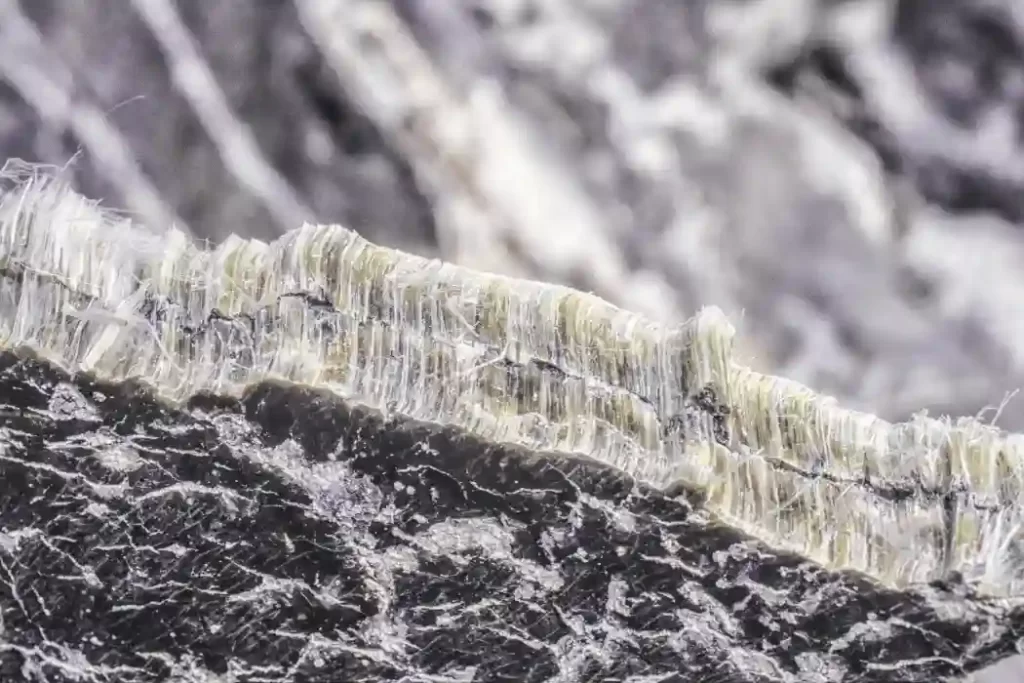Asbestos is a naturally occurring mineral that was once widely used in construction and manufacturing due to its strength, heat resistance, and insulating properties. However, it was later discovered that prolonged exposure to asbestos fibers can cause serious health issues, including lung cancer, asbestosis, and mesothelioma. As a result, the use of asbestos in construction has been banned in many countries, including the United States. Nevertheless, many older buildings and homes still contain asbestos, which means that asbestos removal and abatement are still necessary. In this article, we will discuss what you need to know about asbestos removal and abatement.
What is Asbestos Abatement?
Asbestos abatement is the process of removing asbestos-containing materials from a building or structure. This process must be carried out by professionals who are trained and certified in asbestos removal. The goal of asbestos abatement is to eliminate or reduce the risk of exposure to asbestos fibers by removing all materials that contain asbestos from the building.
Asbestos, a hazardous material commonly found in older buildings, poses significant health risks during home renovation projects if not properly handled and disposed of.

Asbestos abatement is a highly regulated process that involves several steps. These steps include:
Inspection
The first step in asbestos abatement is to identify all materials in the building that contain asbestos. This involves a thorough inspection of the building, including walls, floors, ceilings, pipes, and insulation.
Assessment
After identifying all materials that contain asbestos, the next step is to assess the risk of exposure to asbestos fibers. This involves evaluating the condition of the asbestos-containing materials and determining whether they are likely to release fibers into the air.
Planning
Based on the inspection and assessment, a plan is developed for the safe removal of asbestos-containing materials. This plan includes procedures for containment, removal, and disposal of asbestos.
Removal
During the removal process, all asbestos-containing materials are carefully removed from the building. This is done using specialized equipment and techniques to prevent the release of asbestos fibers into the air.
Disposal
Asbestos-containing materials are classified as hazardous waste and must be disposed of in accordance with local, state, and federal regulations.
What is Asbestos Encapsulation?
Asbestos encapsulation is another method of managing asbestos-containing materials. Instead of removing the asbestos-containing materials, they are encapsulated or covered with a sealant. This prevents the release of asbestos fibers into the air and reduces the risk of exposure.
Encapsulation is typically used when asbestos-containing materials are in good condition and not likely to be disturbed. For example, asbestos-containing pipe insulation may be encapsulated with a sealant to prevent the release of fibers during maintenance or repairs.
Asbestos encapsulation is not a permanent solution and may need to be re-evaluated and maintained over time. It is important to note that encapsulation should only be performed by professionals who are trained and certified in asbestos management.
What Are the Risks of Asbestos Exposure?
Asbestos exposure can cause several serious health issues, including lung cancer, mesothelioma, and asbestosis. These diseases typically develop after prolonged exposure to asbestos fibers, which can become lodged in the lungs and cause damage over time.
The risk of developing asbestos-related diseases depends on several factors, including the type of asbestos, the level and duration of exposure, and individual risk factors such as smoking and pre-existing lung conditions.
It is important to note that asbestos-related diseases can take several years to develop and may not become apparent until decades after exposure. This is why it is essential to take proactive steps to prevent exposure to asbestos fibers.
How to Prevent Asbestos Exposure
If you suspect that your home or building contains asbestos, the first step is to have it inspected by a professional. A professional inspector will be able to identify any materials that contain asbestos and assess the risk of exposure.
If asbestos-containing materials are found, the next step is to have them removed or encapsulated by a professional asbestos abatement company. It is crucial to avoid disturbing or damaging any materials that may contain asbestos, as this can release fibers into the air and increase the risk of exposure.
If you are working in an industry where you may be exposed to asbestos, it is important to follow all safety protocols and wear appropriate personal protective equipment. This can include a respirator, gloves, and protective clothing.
If you live in an area where asbestos is prevalent, it is important to be aware of the risks and take steps to minimize exposure. This can include avoiding areas where asbestos is being removed or disturbed, and making sure that any contractors working on your home or building are licensed and certified in asbestos abatement.
Conclusion
Asbestos abatement and encapsulation are critical processes that must be carried out by professionals to eliminate or reduce the risk of exposure to asbestos fibers. Asbestos exposure can lead to serious health issues, so it is essential to take proactive steps to prevent exposure, including having your home or building inspected for asbestos-containing materials and working with certified asbestos abatement companies.
If you suspect that you or someone you know has been exposed to asbestos, it is important to seek medical attention and discuss the risks with a healthcare professional. Early detection and treatment can improve outcomes and reduce the risk of serious health issues.

